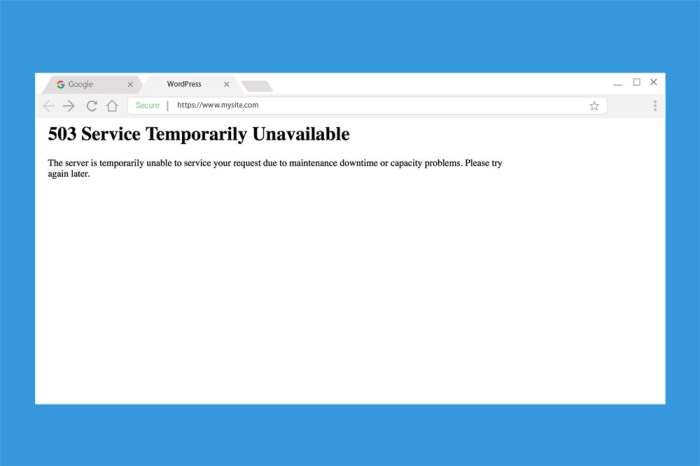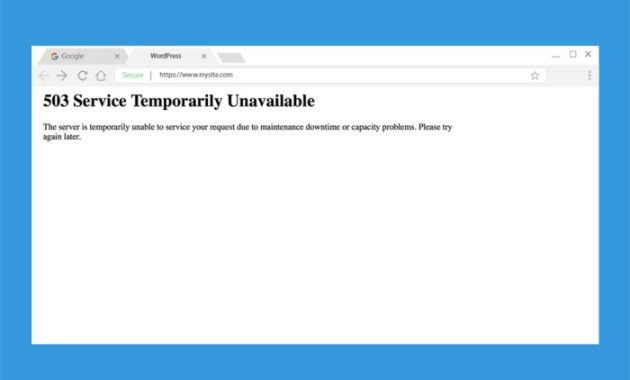Introduction to Easy Makeup Tool Drawings: Makeup Tools Drawing Easy

Makeup tools drawing easy – Hey there, beauty enthusiasts! So you wanna learn to draw makeup tools, but the thought of intricate details feels, like,totally* overwhelming? Don’t worry, it’s easier than you think! Simple drawings are the perfect starting point for anyone wanting to develop their artistic skills, especially when it comes to the world of makeup.Practicing with easy makeup tool drawings before jumping into complex illustrations offers a ton of benefits.
It builds confidence, hones your hand-eye coordination, and lets you experiment with different techniques without feeling pressured. Plus, it’s a super fun way to unwind and express your creativity. Mastering basic shapes and proportions in these simple drawings lays a solid foundation for more detailed work later on. You’ll improve your observational skills and develop a better understanding of how to represent three-dimensional objects on a two-dimensional surface.
Basic Makeup Tools for Easy Drawings
This table lists common makeup tools perfect for beginners to practice drawing. Each tool presents unique shapes and forms, providing a varied and engaging drawing experience. Remember, even the simplest tools offer opportunities to develop your skills in shading, highlighting, and perspective.
| Tool | Shape Description | Key Features to Draw | Drawing Tip |
|---|---|---|---|
| Lipstick | Rectangular tube with a slightly tapered end. | The smooth surface, the cap, the subtle curve of the lipstick itself. | Focus on getting the proportions right and then add subtle shading to give it dimension. |
| Mascara Wand | A long, thin cylindrical brush with bristles at one end. | The length, the bristles (represented simply), the slight curve of the wand. | Use simple lines for the wand and short, slightly irregular lines to represent the bristles. |
| Eyeshadow Brush | A short, fluffy brush with a rounded head. | The fluffy texture (indicated by light shading), the handle, the shape of the brush head. | Experiment with different shading techniques to create the impression of softness. |
| Foundation Brush | A flat, slightly rounded brush with dense bristles. | The flat shape, the density of the bristles (represented by darker shading), the handle. | Pay attention to the angle of the brush head and the way the bristles are packed together. |
Adding Details and Textures
Okay, so you’ve got the basic shapes of your makeup tools down – now it’s time to level up your drawing game and add some serious detail! Think of it as adding the finishing touches to a really chic Jakarta South look – it’s all in the details, babe. We’re talking about transforming those simple shapes into realistic, almost-you-can-touch-them makeup tools.Adding details like the ferrule on a brush, the intricate patterns on a handle, or even the tiny pores on a makeup sponge takes your drawing from “meh” to “major wow.” It’s all about creating depth and texture, making your drawings pop.
This is where you can really show off your artistic flair and personality.
Brush Ferrule and Handle Details
To create a realistic brush ferrule, think about its metallic sheen and the slight curve where it meets the handle. You can use a fine-tipped pen or pencil to carefully Artikel the ferrule’s shape, paying attention to highlights and shadows to give it dimension. For the handle, consider adding textures like wood grain, using short, light strokes to mimic the natural patterns of the wood.
Or, if it’s a plastic handle, use smooth, consistent lines to suggest its sleek surface. You could even add a subtle gradient to indicate depth and form. Adding a simple logo or embossed design can add an extra touch of realism.
Drawing makeup tools can be a fun and simple exercise, especially for beginners. If you’re looking for inspiration beyond basic brushes and palettes, consider exploring other cute and easy drawing ideas, such as those found on this helpful website: cute easy drawing ideas. The skills you learn from simpler drawings will translate well to more complex subjects, like creating detailed illustrations of your favorite makeup tools.
Sponge Pore and Texture Representation
For makeup sponges, achieving that realistic porous texture is key. You can create the illusion of pores by using a stippling technique – a series of small, closely spaced dots. Vary the pressure of your pencil or pen to create a sense of depth and irregularity. To show the sponge’s softness, use lighter shading and less defined lines.
Avoid harsh, sharp lines; instead, opt for soft, blended strokes. Think of how a softly-lit sponge looks, almost velvety. That’s the feeling you want to convey in your drawing.
Materials and Techniques for Texture
Creating different textures in your drawings requires a bit of experimentation and the right tools. The key is to understand how different drawing materials can produce varying effects.A list of materials and techniques for achieving diverse textures in your drawings:Graphite pencils: These are great for creating a wide range of textures, from soft and subtle to dark and intense.
Varying the pressure and using different grades of pencils (e.g., 2B, 4B, 6B) allows for incredible control over shading and texture. For example, a softly shaded area can suggest the softness of bristles, while heavier shading can represent a rougher texture.Colored pencils: Similar to graphite pencils, colored pencils offer a wide range of shades and textures. Layering colors and using blending techniques can create realistic effects.
Experiment with layering different shades to represent the subtle color variations found in a wooden handle, for example.Fine-liner pens: These are excellent for adding fine details and sharp lines, perfect for depicting the ferrule of a brush or the intricate patterns on a handle. Use varying line weights to create a sense of depth and dimension.Watercolor paints: Watercolor is ideal for creating soft, blended textures.
Use light washes to suggest the softness of a makeup sponge, and build up layers for deeper, richer colors.
Composition and Arrangement

So, you’ve mastered drawing individual makeup tools –amazing!* Now, let’s talk about arranging them on the page like a pro. Think of it as styling your own mini makeup collection, but on paper. A well-composed drawing is way more captivating than a bunch of random tools thrown together. We’re aiming for that effortlessly chic, South Jakarta aesthetic.Effective arrangement isn’t just about shoving everything onto the page; it’s about creating visual harmony and balance.
Think about the negative space (the empty areas around your drawings), the flow of the eye across the page, and the overall mood you want to create. A balanced composition will keep your viewer engaged and make your artwork more impactful.
Example Compositions
Here are a few composition ideas to inspire your next masterpiece. Imagine these as different “looks” for your makeup tool drawings.First, let’s envision a symmetrical composition. Imagine a central, larger makeup brush, maybe a fluffy powder brush, positioned in the middle of the page. On either side, flank it with smaller tools – maybe a precise eyeliner brush and a lip brush, mirrored on both sides.
This creates a sense of balance and order, perfect for a classic, elegant feel. The negative space around the central brush could be slightly larger than that around the smaller brushes, further emphasizing the main element.Next, consider an asymmetrical composition. Picture a grouping of tools clustered towards one corner of the page. Perhaps a palette knife, a few eyeshadow brushes, and a sponge are casually piled together, suggesting a spilled-makeup-bag kind of vibe.
This is a more dynamic and playful approach, perfect for a modern, energetic look. The empty space on the other side of the page allows the viewer’s eye to breathe and appreciate the main cluster.Finally, think about a rhythmic composition. This involves repeating similar elements to create a sense of movement and visual rhythm. For instance, you could arrange a row of different sized lipstick tubes, gradually increasing in size from left to right, creating a pleasing visual progression.
This composition is perfect for showcasing variety while maintaining a sense of order and predictability. The slight variation in size helps avoid monotony and keeps the composition visually interesting.
Comparing Composition Styles, Makeup tools drawing easy
Symmetrical compositions offer a sense of stability and formality. They are easy to understand and visually pleasing due to their balanced nature. Asymmetrical compositions, on the other hand, provide dynamism and a more modern feel. They often feel more spontaneous and less structured. Rhythmic compositions utilize repetition to create visual flow and harmony, offering a more playful and engaging experience.
The choice depends entirely on the mood and message you want to convey through your artwork. Consider the overall aesthetic you’re aiming for – is it minimalist and sleek, or bold and expressive? Your choice of composition should reflect this.
FAQ Resource
What materials do I need to get started?
You’ll primarily need paper, pencils (various grades for shading), an eraser, and optionally, colored pencils or markers.
How long does it take to learn to draw makeup tools effectively?
Progress varies, but with consistent practice, you’ll see noticeable improvement within weeks. Focus on mastering the fundamentals before moving to complex details.
Can I use digital tools instead of traditional ones?
Absolutely! The principles remain the same, whether you use a stylus and drawing tablet or pencil and paper.
Where can I find more inspiration for makeup tool drawings?
Explore online art communities, Pinterest, and Instagram for a wealth of inspiration and tutorials.

